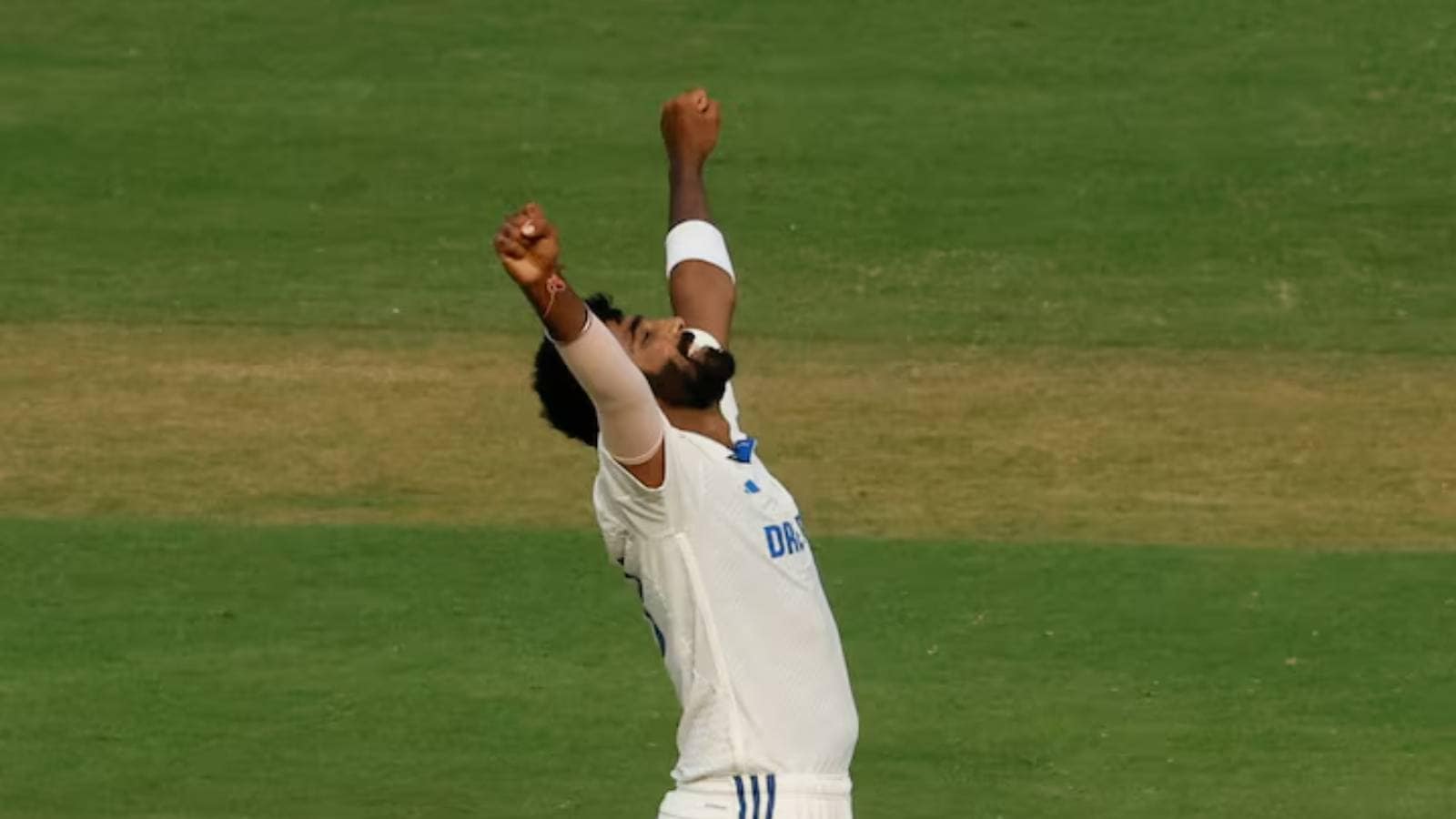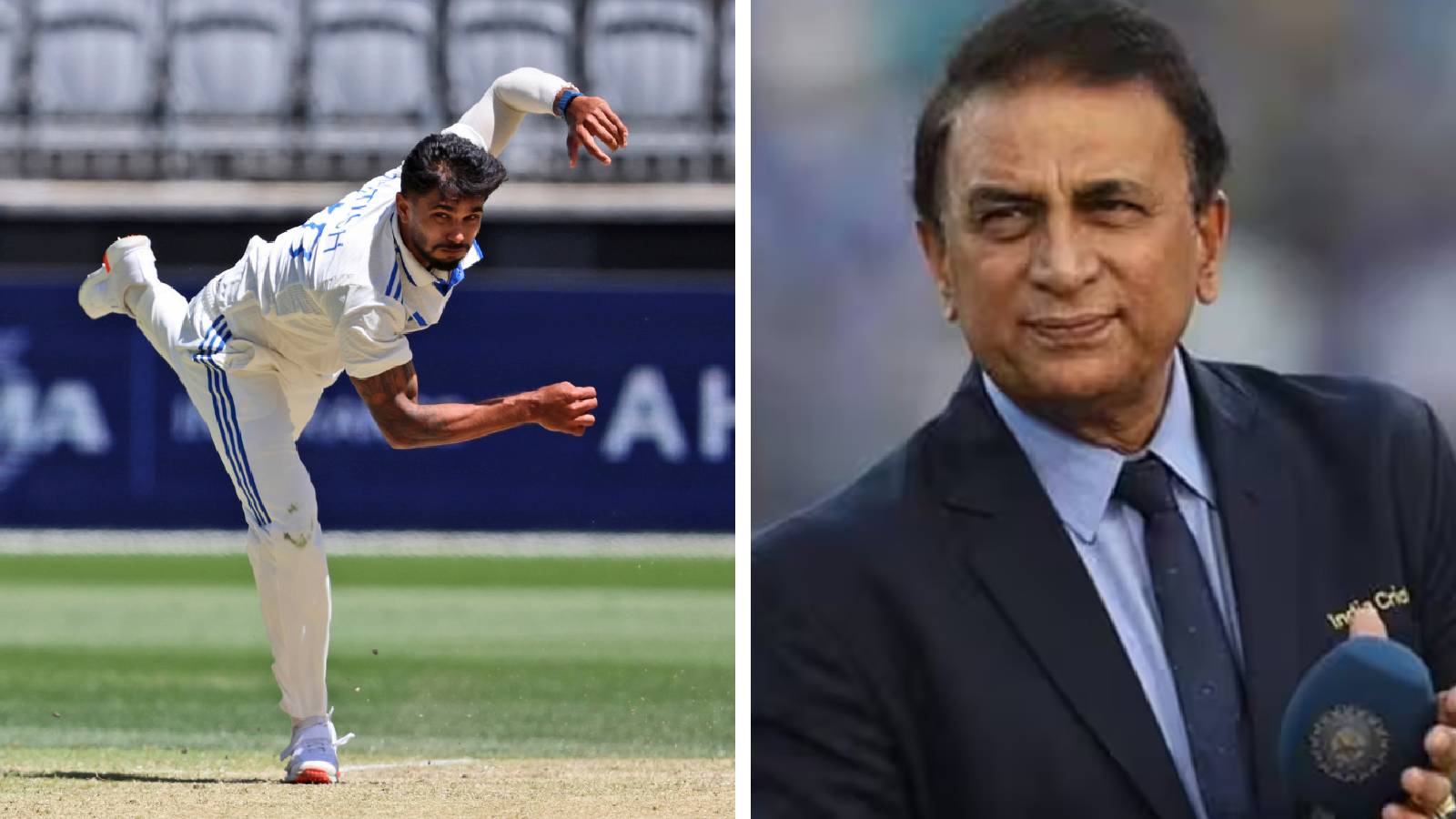* At his absolute peak in 2017, Kidambi Srikanth was denied a charge at the World title, stopped by Korean Son Wan-ho in quarters, after the Indian just couldn’t get his attacking game going in slow Glaswegian conditions.
* 13-year-old girl prodigy Tanvi Patri, playing at Thailand last December on a sluggishly slow court, was caught on the baseline with flat tosses by her opponent – as the older, powerful Thai could hit through the thick air, but the Indian is yet to gain strength.
* India’s contemporary finest Satwiksairaj Rankireddy-Chirag Shetty, cannot always leverage their power hitting in slow conditions. If opponents find it easy to retrieve their smashes and counter, they often run into walls costing them serious titles.
What’s common to them all? India’s talented shuttlers, stroke-makers, dragged down (literally) by slow courts, once they play at varied arenas around the world.
Asian stadia – with their throbbing live audience and compulsorily switched-on air-conditioners – tend to offer faster favourable conditions. That explains India’s success in Indonesia, Thailand, and even China. But Europe in autumn or winters barely needs the blasting air, and the windless, slow stillness often proves to be the bane of Indians. As do larger events like Olympics and Worlds, which invariably are held in mammoth, sterile arenas that make conditions slower.
It’s not uniformly debilitating for Indians, though slow courts were kryptonite for Srikanth, easily the country’s finest fast court specialist.
On the other hand PV Sindhu, with her blazing power heft and work-rate till 2019, was largely conditions-agnostic, an all-courts beast. Saina Nehwal, with her anticipation and limitations in court coverage but sturdy power smash, actually benefitted from slow courts. Both had un-Indian power.
HS Prannoy is just way too brainy and skilled with versatile tactics, to not adapt, so he could tame these conditions, winning in Malaysia and a Worlds medal in Europe. Lakshya Sen is aided in his dashing defense on courts where the shuttle isn’t whizzing around madly, but muscular opponents like Viktor Axelsen and Lee Zii Jia can just as easily hit through him, and wrap up matters closing out sets and matches in a blink.

But on the whole, going forward, Indian shuttlers need to be consciously prepared for slow courts. That’s where big titles are invariably lost and won.
It might be the start of the European swing in badminton when October rolls in. But before the sporting action returns to Asia for the elite, and does its India-hopping from Lucknow to Guwahati to Cuttack for the mid-shuttlers in winter, there’s a forward-planning organisational mull for every venue hosting badminton in the country. Are Indian shuttlers not getting enough slow court conditions at home to prepare them for the international grind?
Hosting logistics are gargantuan by themselves. And for organisers of everything from the Super 750 India Open in Delhi right to the smaller cities hosting domestic junior rankings, the wider question of tweaking conditions to test and fortify Indian shuttlers for tough conditions isn’t high on priority. But without hours on slow courts at home, Indians will struggle abroad.
The entire aerodynamic science of shuttle speeds and drift and slow courts are anyway hugely difficult to contrive. But given it’s winters, serious thought needs to be given to preparing venues that can start bolstering Indians’ slow-court games.

This is an important season for Priyanshu Rajawat, who’s literally turning into Srikanth Part Two – sensational strokeplay and hair-pullingly frustrating errors, when his stick smashes don’t fetch him immediate points. Son Wan-ho back in 2017 could play the ponderous defensive metronome style, and drive Srikanth crazy. Priyanshu now, has the even more classical Kunlavut Vitidsarn and hypnotic ennui of Kodai Naraoka, to contend with, in coming years.
Indians love stroke-making, and like indulgent wordsmiths, are in love with their own shots. You can’t fault them, because it’s beautiful badminton to watch. Sadly for them, opponents don’t vibe along with this sentiment. And on slow courts, it’s often the endless dull retrieving, as you can see the delight of a magnificently constructed follow-up at the net post a smash from Rajawat, get casually returned by the defensively sturdy opponents, and his eyes dim like a low-voltage bulb as the rally stretches on.
That same frustration of why the smashes aren’t getting them points – like haunted Srikanth – also stalks a Treesa Jolly or Tanisha Crasto, who are slowly learning just how difficult it can be against opponents with reasonably good defense, if power-hitting is your go-to. You can see the slow court ghost actually paling Ashmita Chaliha’s visage, another super stroke-maker humbled by these testing conditions.
India’s upcoming juniors, growing up on a staple of fast conditions at home, praised for their lovely strokes, will need to be better trained to accept this sobering reality.
Axelsen has reigned supreme, but the next generation Europeans – Brian Yang, Julien Carraggi and the French armada, alongwith that Chinese Mjolnir-wielding Li Shifeng, will render slow courts even more treacherous. Shifeng is one-dimensional, but that one dimension, on sluggish courts, is deadly enough.
The best Indians can do is put in the court mileage and work on foot speed to not get caught, when their strokes don’t yield instant returns. You need to be ready to play that one extra stroke – or even a dozen more. Slow courts are brutal on beautiful games.
I’m Manas Ranjan Sahoo: Founder of “Webtirety Software”. I’m a Full-time Software Professional and an aspiring entrepreneur, dedicated to growing this platform as large as possible. I love to Write Blogs on Software, Mobile applications, Web Technology, eCommerce, SEO, and about My experience with Life.






